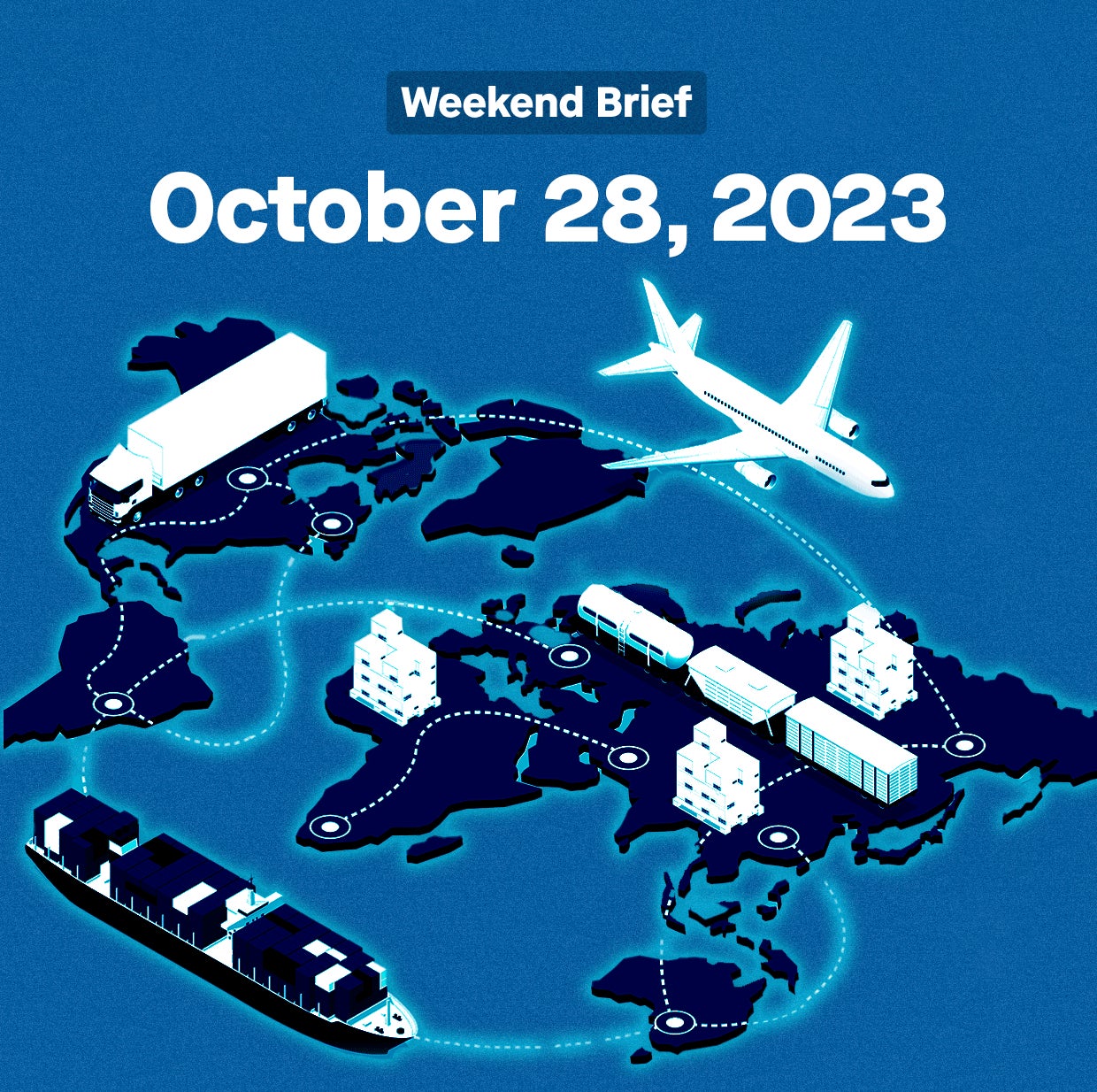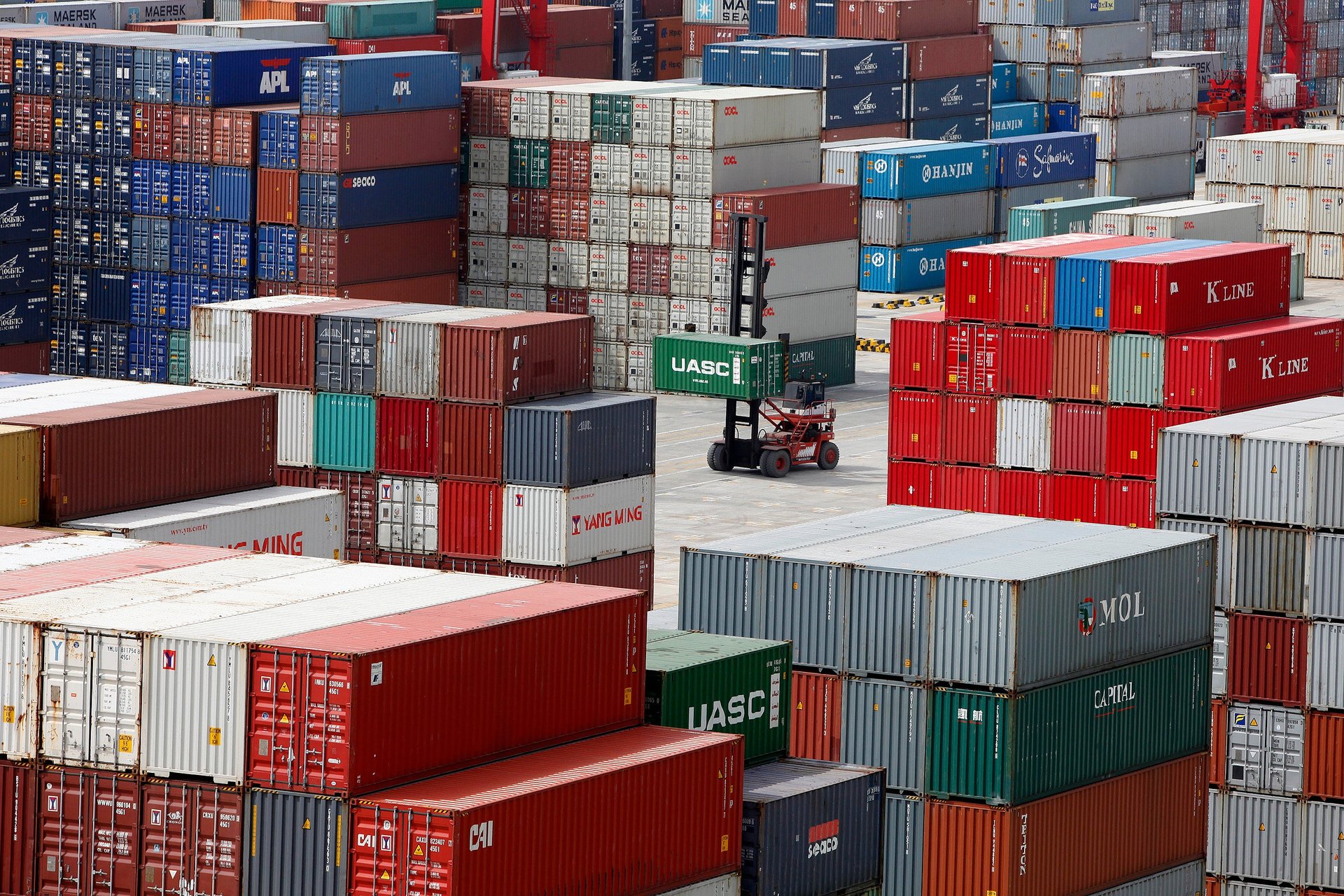The ever-expanding supply chain
As the US and China try to decouple, supply chains around the globe are getting longer and twistier


Hi, Quartz members!
Globalization brought with it elongated supply chains, as manufacturing and production were moved across oceans and continents. Now, what some call deglobalization (though “regionalization” is also used interchangeably) appears to be making supply chains...even longer.
In a paper published this month, economists at the Bank of International Settlements (BIS), a Swiss-based consortium of central banks from around the world, mapped the realignment of global supply chains following the great supply chain shocks of the covid pandemic and Russia’s invasion of Ukraine.
They found that since December 2021, companies now have fewer direct links with overseas suppliers. (An American firm buying components from a Chinese manufacturer would constitute a direct cross-country link, for example.) “[R]eliance on cross-border suppliers has fallen markedly,” the authors write, “indicating greater on-shoring”—or the process of bringing production back home.
At the same time, the researchers found that the distance, as measured by degrees of separation, between manufacturing firms has increased. That is, there are now more indirect links between customer firms and overseas suppliers “as new firm nodes interpose themselves into existing supply chains.”
For example, while China remains a key location for Apple’s manufacturing operations, the iPhone and iMac maker is increasingly diversifying production and suppliers toward India and Vietnam. This would likely show up as an increase in the number of indirect links between Apple, as the US customer firm, and its overseas supplier firms in China and other parts of Asia.
All of this aligns with recent observations by shipping industry analysts, who see the potential for new business for shipping lines as the flow of intermediate products between China and elsewhere in Asia increases.
So supply chains are longer. But are they really any more diversified?

To calculate supply chain lengths, the authors looked at distances between supplier firms and customer firms. By distance, they mean this: If company A supplies company C, which in turn supplies company B, which also supplies back to company A, then the distance from A to B is two, while the distance from B to A is one.
Drawing on a global sample of manufacturing companies and firm linkage data from data and information provider Capital IQ, the BIS researchers found that the average distance between supplier firms and customer firms increased from 9.67 in December 2021 to 10.03 in September 2023.
The change was most noticeable for supply chains involving suppliers in China and customers in the US, the authors wrote, with the average distance between connected firm pairs increasing from 9.18 to 10.11 over the same period.
“The lengthening of the distance between suppliers in China and customers in the United States suggests that firms from other jurisdictions have interposed themselves in the supply chains from China to the United States,” the authors concluded.
Still, they cautioned that while the overall distances between firms in supply chains have lengthened, the overall density of the network of manufacturing companies has not increased. That suggests there’s been no fundamental diversification of supply chains, they write.
Put another way, while intermediate production and processing steps might be moving to elsewhere in Asia, China remains integral to global supply chains.
One moot thing
Chinese president Xi Jinping last week announced that remaining restrictions on manufacturing-related activities by foreign companies in China will be removed, according to the tech and business outlet Jiemian (link in Chinese), citing China’s state-owned broadcaster CCTV.
A researcher affiliated with the Chinese ministry of commerce told Jiemian that “the complete lifting of restrictions on foreign investment in the manufacturing sector has sent a signal to the outside world that China’s door to the outside world will open wider and wider.”
But the move is largely symbolic, given that few restrictions actually remain on foreign investment in China’s manufacturing sector.
Have a lengthened weekend,
—Mary Hui, Quartz reporter